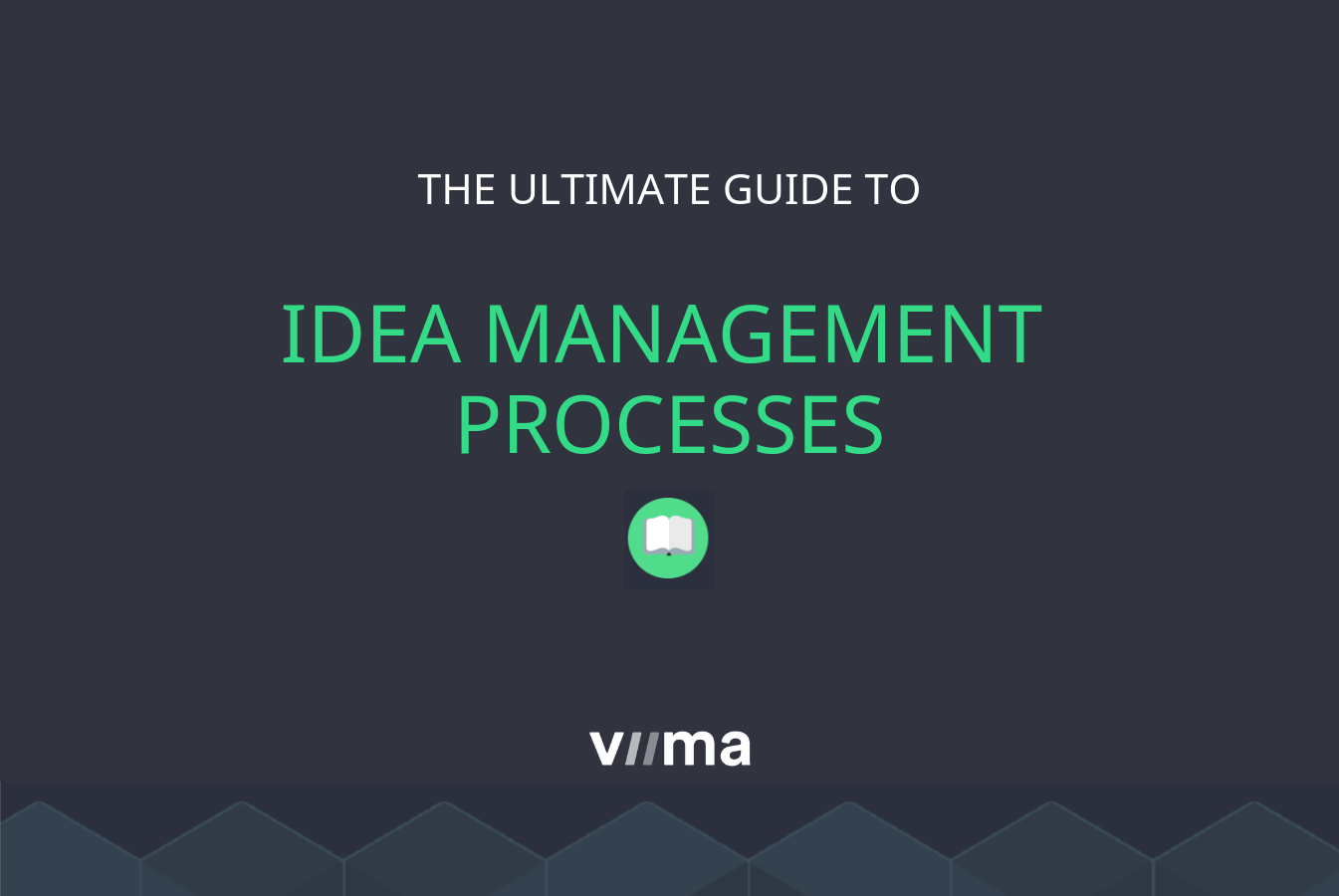How to Refine and Develop Ideas – The Doer’s Guide
As we’re in the business of providing a platform for collecting and developing ideas, it probably doesn’t come as a surprise that we often get asked about the process of refining and developing ideas.
Given that the vast majority of ideas are far from perfect when people first conceive of them, this is of course an excellent question. For those raw initial ideas to turn into something useful, something that can actually be created or implemented, and that will actually create value, they need to be refined or developed.
For some, this comes naturally, but most people and organizations do usually struggle with this from time to time.
So, to help with that, we’ve put together this guide that covers the fundamentals of the topic and provides you with actionable advice on how to get this right based on our experiences from working with hundreds of our customers.
Table of contents
 What does it mean to refine or develop an idea
What does it mean to refine or develop an idea
Before we delve into the practicalities of how to develop an idea, it’s important to understand what that actually is.
There are, of course, many kinds of ideas, so there isn’t a single correct answer to that question. However, if we generalize, we can come up with a practical definition that should help you understand the topic better.
An idea, by definition, is a thought or a suggestion for a course of action. So, a raw idea that someone has just come up with, can be thought of as a theory, or a hypothesis based on that person’s perceptions and opinions. At this stage, ideas are typically, but not always, very high level.
A raw idea is a theory or a hypothesis based on opinions and perceptions, a refined idea is a fledged out concept or concrete plan that can actually be implemented.
A refined, or fully develop idea, on the other hand, is a fully fledged out concept, or a concrete plan that can actually be implemented. The last part of that sentence is the key here: an idea is just a theory until it has been refined into something that could actually be implemented.
Now, while this definition certainly makes our lives easier, there still isn’t a clear-cut, black and white line between a raw and a refined idea.
For some super simple incremental ideas, there clearly isn’t a need for any kind of a plan. For more complex ideas, such as almost all product and business ideas, no matter how long you plan, you will never have all the answers with 100% certainty before you start to build the product or business.
Thus, what you will have to figure out for yourself is where to draw that line, but even more importantly, how do you plan to get there. Which nicely brings us back to our original question.
How to refine or develop an idea?
Now that we know where we’re starting from, and where we should end up, it’s much easier to plot a course between the two.
Having said that, there are two parts to this question: the process, and the tools.
Let’s first break down the process to understand the big picture, and then dive in to cover some of the tools we can use to carry the process out.
The process of developing the idea
As mentioned, different kinds of ideas are going to need different kinds of input. As an example, a technology focused idea will likely need input for validating the technical feasibility and architecture whereas a business focused idea will likely need input for market validation.
With that background, it should hopefully be quite evident why the actual steps in the process of developing both ideas should be very different.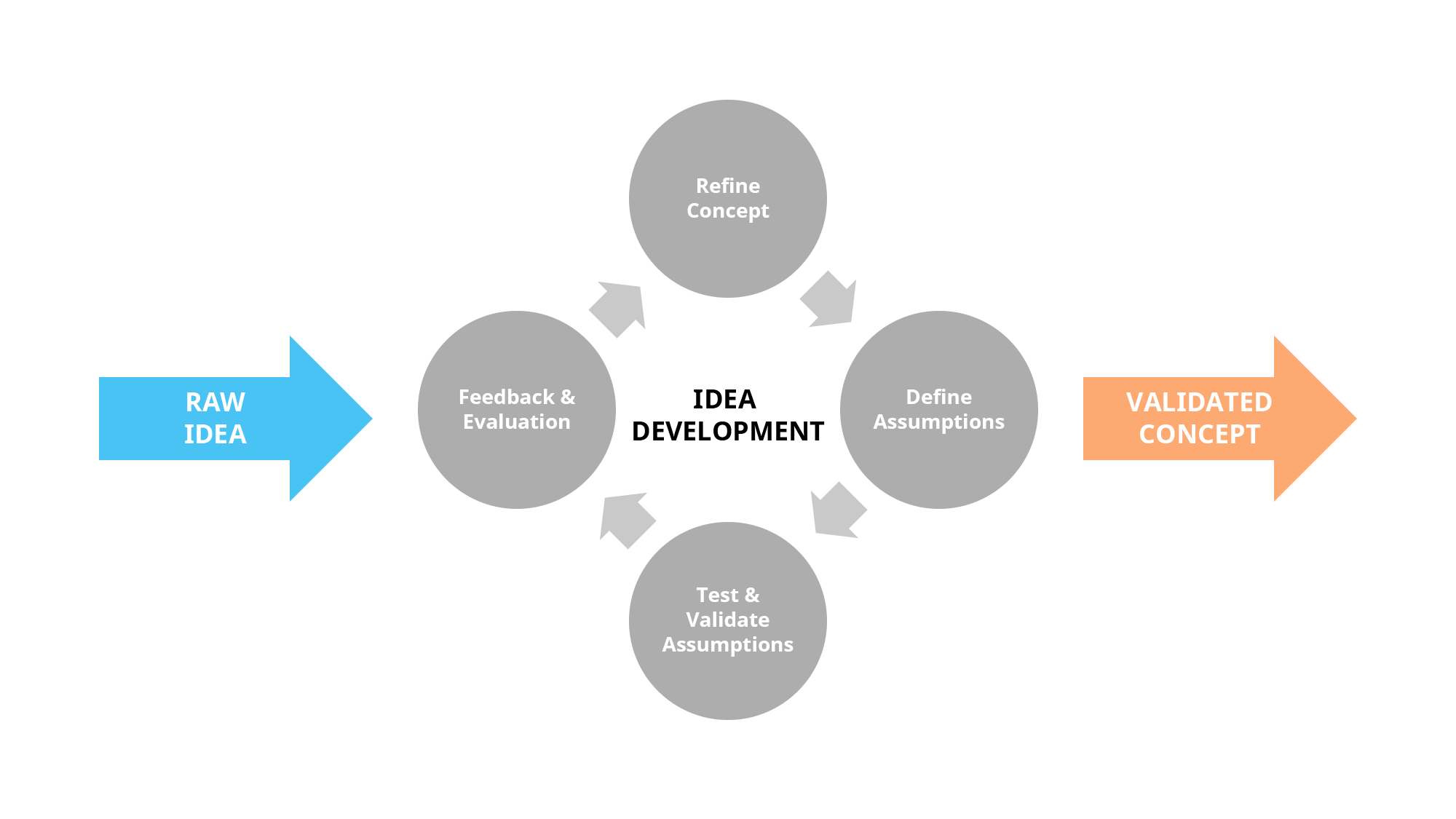 Regardless, if we take a step back and look at the big picture, we can see that there are many commonalities in that process. At a high-level, these common steps are:
Regardless, if we take a step back and look at the big picture, we can see that there are many commonalities in that process. At a high-level, these common steps are:
- Get feedback and evaluate the idea. Preferably from diverse points of view and people who can look at the idea objectively and critically. The purpose here is primarily to serve as a reality check and point out obvious issues in the idea and the assumptions it relies on. However, when there are more ideas than resources for implementing them, which is usually the case, you need to choose which ones to refine and work on, and which ones to put on hold. That’s where idea evaluation comes into play.
- Refine the idea into something more practical based on the feedback. In most cases, this is something like a project plan, a business case, or a product concept. At first, these are often at a very high-level, but as the idea gets more and more refined, so does the level of practicality here.
- Test assumptions in the real world to remove uncertainty. For most ideas, this is a crucial but often neglected step. Every idea comes with assumptions built-in, such as “we can build this” and “people will buy this”. While some are more important than others, it is important to figure out what your assumptions are, and then eliminate the biggest and most obvious ones.
- Rinse and repeat. For simple ideas, it might be enough to go through the above steps once and then be done with it, but for more complex ideas, that just isn’t feasible. You will need to go through the process multiple times, with each iteration gradually refining the idea into something that is useful and practical.
The purpose of refining an idea is a to turn it into a practical plan or concept and eliminate some of the uncertainty related to that.
To summarize, the purpose of the process is to:
- refine the idea into a more practical plan or concept
- eliminate uncertainty from the plan or concept by testing it
In theory, the more tangible and detailed the plan, and the less question marks it has, the better. However, if you try to refine the idea to perfection, you will never get to implement any of them.
So, in practice, you should seek to make the idea clear and cohesive enough, have some kind of a plan for implementing it, and not have way too much uncertainty – whatever those mean for the kind of ideas you are working on. Regardless of the exact steps in your process, it’s important to keep track of the ideas within it, and the results from implementing them, systematically. This helps in communication and transfer of knowledge, which again helps people in your organization come up with more, and better, ideas. What’s more, when you have that information, it can also be used to improve the process itself.
Regardless of the exact steps in your process, it’s important to keep track of the ideas within it, and the results from implementing them, systematically. This helps in communication and transfer of knowledge, which again helps people in your organization come up with more, and better, ideas. What’s more, when you have that information, it can also be used to improve the process itself.
Tools for developing ideas
Now that we’ve covered the big picture, let’s dive into the practicalities and talk about the tools and frameworks you may use throughout the aforementioned process.
However, before we get started, it’s important to remember that even the best tools can’t make bad ideas, or a bad process, great. Great tools make your life a lot easier, so you should definitely be using them. Just don’t expect them to be silver bullets that solve all of your problems.
With that said, we’ll next cover some of the most common and some of our favorite tools for refining and developing ideas for each of the categories.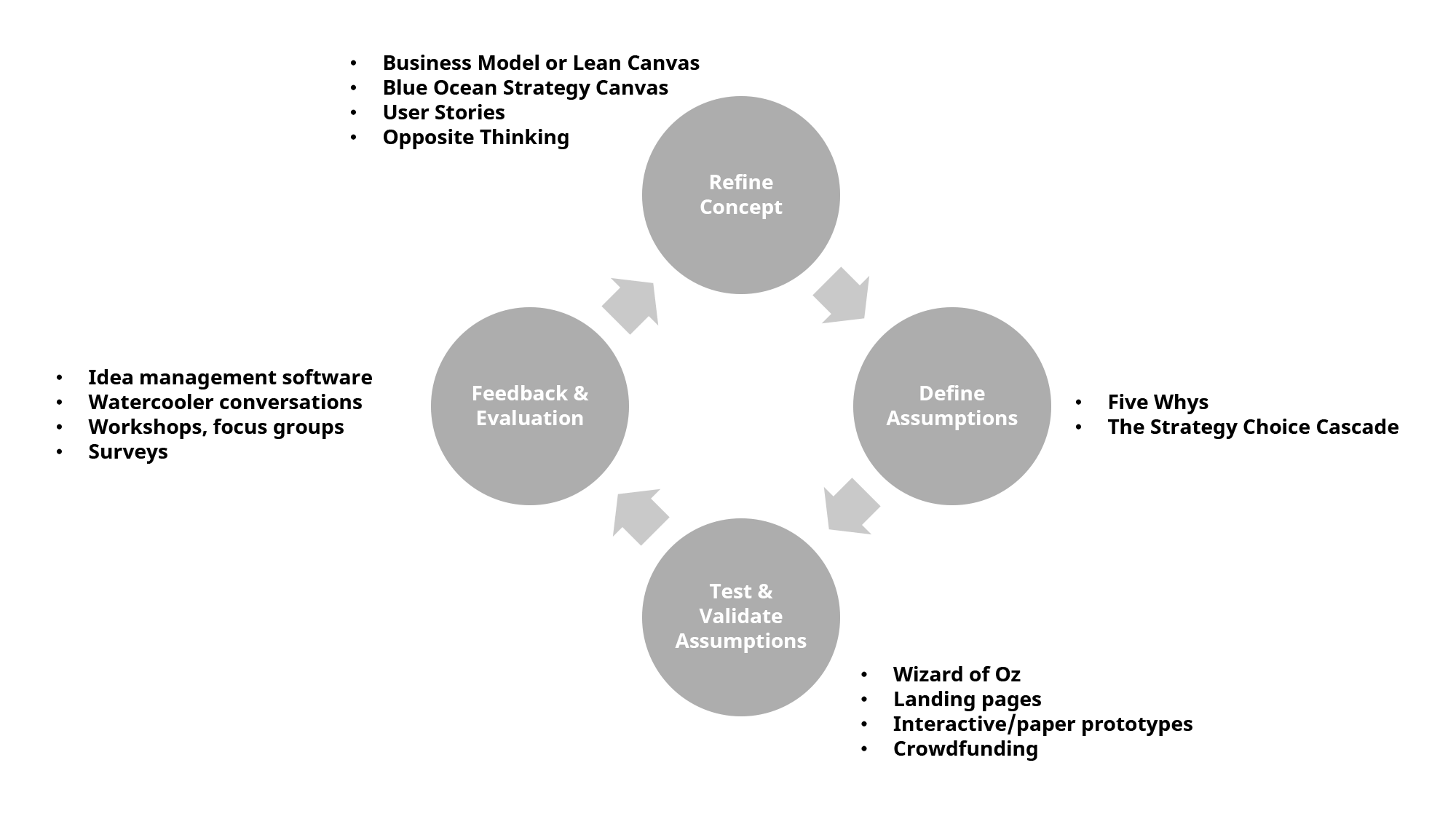
Feedback and evaluation
For feedback and evaluation, you’re looking at tools that help you effortlessly expose your idea to others, be it people within your organization, or outside of it.
Feedback is the more free-form side of that, whereas evaluation is the more systematic and tightly controlled version. The traditional methods like watercooler conversations with your colleagues, ideation workshops, and for customers, focus groups, all have their place.
In addition, you can use online tools, such as surveys, and purpose-built idea management software, which have the added advantage of being independent of time and place. These dramatically expand your feasible audience, and with the exception of those watercooler conversations, typically save a lot of time and money while still allowing you to collect and analyze the data systematically.
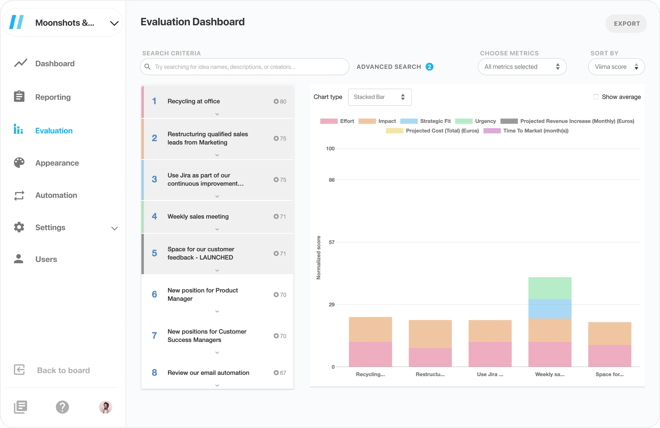
Refinement of an idea
Where feedback and evaluation were social activities, the actual refinement and development of the idea is primarily a solitary process.
Here the tools are primarily frameworks, scorecards and templates.
For example, something like the Business Model Canvas, Lean Canvas, or the Blue Ocean Strategy Canvas, are very useful frameworks fledging out new product or business ideas into a more holistic concept.
For other kinds of ideas, simple methods like Opposite Thinking, the Five Whys, and User Stories can really help you here. You can also use these methods, along with frameworks like the Strategy Choice Cascade, to try to clarify the assumptions you’re making in your idea.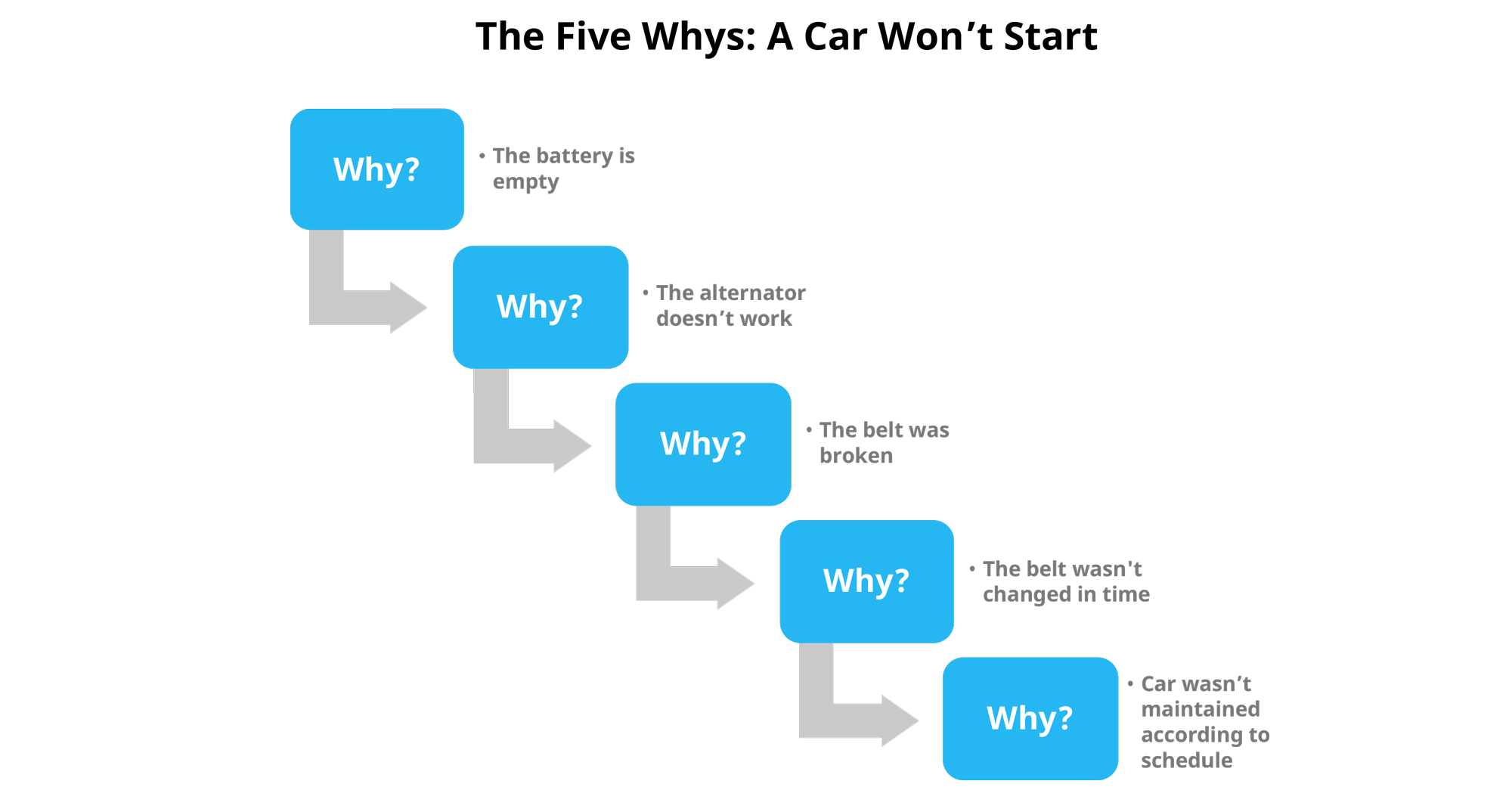 If none of these seems like a good fit for the kinds of ideas you’re working on, you can also create a simple canvas or template to do the same job. The purpose here is to make it effortless for anyone that comes up with an idea to think about the right questions and come up with a plan for addressing them. A good idea management software will naturally allow you to attach these results to your ideas.
If none of these seems like a good fit for the kinds of ideas you’re working on, you can also create a simple canvas or template to do the same job. The purpose here is to make it effortless for anyone that comes up with an idea to think about the right questions and come up with a plan for addressing them. A good idea management software will naturally allow you to attach these results to your ideas.
Prototyping and validating assumptions
The final part of the process, validating your assumptions in the real world, actually consists of two separate parts.
First, you must build something to test. If you try to test and validate your business concept or plan by directly asking for feedback for those, the end result is usually that you won’t learn much. The whole point of validation is to focus on testing a specific assumption, usually the most critical or riskiest one, and in most situations that is very hard to do with a concept.
As an example: you can, of course present a potential customer with a concept and ask if they’d want to pay for that. However, most people don’t want to hurt your feelings, so they end up saying yes or maybe, even if they don’t really plan on buying your product or service.
However, present the same customer with a landing page detailing the concept that asks them to pre-order now with a small reservation fee, and you’ll get a much more realistic answer to the same question.
 So, the first step is preparing the test, and the second one is conducting that. As the latter is highly dependent on the type of business and idea, there isn’t much we can share there.
So, the first step is preparing the test, and the second one is conducting that. As the latter is highly dependent on the type of business and idea, there isn’t much we can share there.
However, for the first part, there are a few tools we can recommend for specific purposes. Crowdfunding campaigns or preparing a landing page and sharing that on social media, online forums, reddit, etc. or via small scale paid advertisement, are both valid options, especially for consumer products and business ideas.
For B2B products and internal processes, it often makes sense to use paper/interactive prototypes, or techniques like the Wizard of Oz, directly with the target audience instead.
Regardless of the tools and methods you initially use, you’d do well to remember that there’s no such thing as a perfect tool for everything. So, don’t force everyone to always use the same tool but instead focus on building a toolkit or a collection that comes with instructions and that empowers people to pick the ones that work for their specific needs.
Best practices
Before we wrap up, let’s do a quick recap and cover the key best practices when it comes to refining and developing your raw ideas into tangible plans and concepts.
We want to keep this article as concise as possible, so this will be a rapid-fire list with links to resources where you can learn more about the specifics.
- Make sure to understand, communicate, and clearly articulate the difference between a raw and a refined idea – this is key to getting the results you want.
- First, do a quick sanity check. Could this have the potential to be worth the effort? Don’t be overly critical at this point.
- Try to understand the real why behind the idea – great ideas often look horrible at first, until you really take a closer look. There are two common reasons:
- The proposed solution might honestly be terrible, but the problem or opportunity super important!
- Truly novel ideas can sound weird or completely unrealistic at first. Just look at the story of Airbnb, SpaceX, Tesla, or many of the other big breakthrough innovations we all know of.
- Take it step by step, don’t try to create a perfect, completely flawless idea with a detailed plan right away
- …instead, get to the real world as quickly as possible to validate assumptions that help to truly refine the idea
- …and remember that it’s an iterative process. You usually need at least a few iterations to make any non-trivial idea into a great one.
- Remember, a refined idea is always actionable, and should have very clear next steps.
- As a leader, set constraints and guide the big picture. This helps spur creativity and adds focus, both of which are crucial for refining ideas, while still allowing your employees the room to actually innovate.
- As a leader, don’t be too detailed and don’t think you have all the answers. You likely don’t, as that’s the whole point of refining ideas to begin with. And even if you did have all the answers, the innovators in your team likely won’t be happy to work with a micromanaging boss as they’re usually problem solvers by heart and really hate to work from a specification that doesn’t leave room for creativity.
Conclusion
Refining and developing ideas is a big part of idea management, and perhaps the most critical step on the way towards building ideas that create real value.
Having said that, as long as you follow the principles outlined in this article, and adapt them to meet your own requirements, you should do fine.
Now, for organizations to really succeed at innovation, they can’t just rely on the heroic efforts of a few individuals but instead need to approach the topic more holistically. This is something we’ve discussed in a lot more detail previously, but in essence, the key to innovation success is to make innovation scalable and repeatable.
The key to innovation success is to make innovation scalable and repeatable, and the same goes for the process of refining and developing ideas.
Just like good research labs test out and develop new theories at a rapid pace, great innovators and organizations do the same for ideas.
To achieve that, you need to create processes, guidelines and tools, and then empower people across the organization to use those to develop their ideas and actually drive innovation.
If you’d like to learn more about how to do all of that, you may want to subscribe to our blog, and download our innovation management toolkit, which will help you look at the problem more holistically.
Interested in Innovation and Leadership?
Subscribe to our blog to get the latest stories on innovation, leadership and culture straight to your inbox.





